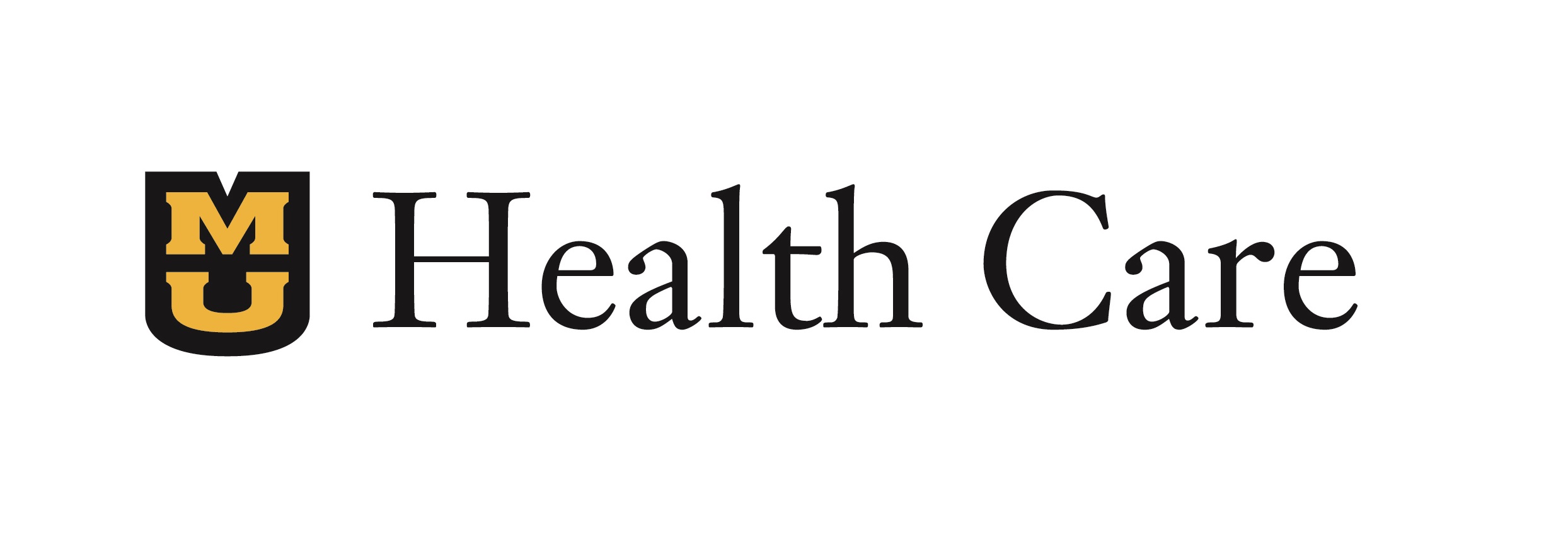University of Missouri Health Care received the 2021 HIMSS Enterprise Davies Award, the second award for the Columbia, Missouri-based Cerner ITWorksSM organization.1
The Davies Award recognized the hospital’s work using an algorithm to help improve sepsis mortality rates; reducing unnecessary blood transfusions with clinical decision support; and redesigning the user interface used to screen for depression, alcohol and drug misuse, fall risk, and the existence of advance directive information in ambulatory settings.
“We couldn't be more excited about getting the Davies Award this year. In the last few years, we have really focused on the key things that we think are going to move our quality metrics forward and improve the care we deliver to our patients,” said Thomas Selva, MD, chief medical information officer. “We have always been clinical-led and IT-enabled, and that's really the mantra of our institution.”
To be considered for the award, MU Health Care leaders submitted three in-depth case studies showcasing their measurable and sustained improvements. The full case studies can be found on the HIMSS website.
“Combining MU Health’s clinician knowledge with Cerner’s engineering expertise has really allowed us to pursue some pretty challenging projects that we otherwise wouldn't be able to pursue and to succeed where others would probably not succeed,” said Selva.
NEWS algorithm
After implementing Cerner’s Sepsis Management solution in February 2017, teams at MU Health Care and the Tiger Institute focused on turning early sepsis detection into prompt action.
The teams configured Cerner solutions to help automate the calculation of each patient's national early warning score (NEWS) and help care teams follow MU Health Care’s NEWS-driven nursing protocol. NEWS summarizes a patient's risk for clinical decline based on commonly tracked vital signs. The higher the NEWS, the more serious the patient's condition. When the NEWS is generated, the nurse will receive a pop-up alert within documentation and can launch directly into the designated next steps without signing into a different system. The Cerner solutions assist with notifying providers when the score is generated. This also helped increase proactive intervention from the organization’s rapid response team, known as the Tiger Team.
By comparing actual sepsis mortality to projections based on pre-implementation mortality rates, MU Health Care estimates NEWS and NEWS-driven nursing protocol helped avoid 12 sepsis-related deaths in nine months.2 University Hospital’s mortality index — a ratio of observed deaths to expected deaths, given the severity of septic patients’ primary diagnoses and comorbidities — dropped 22% during that time.3
"A patient’s NEWS helps aggregate small changes that, on their own, might seem harmless," explained the project's physician champion, Catherine Jones, MD, hospitalist and medical director for medical specialties. "The scores help us catch sepsis early, when it's difficult to spot but easier to treat, and trigger prompt action."
Clinical decision support in a patient blood management program
Blood transfusions have the power to save lives. But when used inappropriately, they can harm patients, generate excessive costs and waste an important, limited resource. Armed with studies showing up to 40% of transfusions in the U.S. are unnecessary4, MU Health leaders saw an opportunity to improve patient safety and reduce costs by implementing a red blood cell (RBC) transfusion clinical decision support (CDS) alert.
CDS alerts were implemented for RBC transfusion in December 2017. The alert fires for patients with a hemoglobin level greater than 7.0 g/dL (or no hemoglobin level documented in the past 24 hours) when an RBC transfusion order is placed.5 CDS provides relevant evidence-based information to clinicians at the time of ordering to support best practice.
After embedding the alert into the electronic health record (EHR), staff reduced the health system’s overall RBC transfusion rate by 13.34%.6 Additionally, in the orthopedic surgery population, MU Health Care saw a 3.8% reduction in the patient average length of stay7 and a 13% reduction in transfusions.8
Usability redesign
Improving the usability of the EHR is a focus of clinicians, vendors, researchers and regulatory bodies. To understand the impact of usability redesign of an existing, site-configurable feature, MU Health Care evaluated the user interface (UI) used to screen for depression, alcohol and drug misuse, fall risk and the existence of advance directive information in ambulatory settings.
Intake assessment screens are documented in the EHR supplier’s UI which has been in place for several years. In the course of their clinical work, users encountered nurses and medical assistants who described difficulty with this UI. Further, providers often times weren't able to see if a screen was positive or if certain assessments were even completed. These problems were felt to potentially contribute to lower-than-expected rates of screening for clinically important conditions.
As part of a quality improvement project, the existing UI was redesigned, defects were corrected, and screening practices improved. The UI was redesigned over eight months using a collaborative, multidisciplinary, iterative process. The health system was responsible for the redesign and implementation. Health system physicians and nurse informaticists oversaw the work, with inputs from nurses, medical assistants, administrators and clinical QI specialists. The redesigned UI was deployed in June 2019.
In the second phase of the project, the multidisciplinary team designed CDS alerts for providers using an iterative, user-centered design process. The alerts supported simple, clear entry of clinical interventions related to abnormal screens. Summative usability testing was performed by the same ad hoc group that performed phase one testing. Phase two was implemented April 2020.
“The user interface for the EHR has to be familiar, easy to navigate, and something you're happy to use every day, all the time. So we need to ensure the user interface is intuitive and familiar as well as important to the care of the patient,” said Bernard Eskridge, MD, associate chief medical information officer and associate professor of child health.
MU Health Care made significant improvements in identified screening rates after implementation of the redesigned UI. Depression screening improved 52%9, falls risk screening improved 53%10 and alcohol and drug misuse screening improved 48%.11 Additionally, advance directive screening, which is used for patients 65 years old and older who have an advance care plan or surrogate decision maker documented in their medical record, improved over 8%.12
1“University of Missouri Health Care Utilized Automated Intelligence Algorithm to Provide Early Indications of Septic Shock,” HIMSS, accessed October 13, 2021, https://www.himss.org/news/university-missouri-health-care-utilized-automated-intelligence-algorithm-provide-early
2Comparing projected sepsis mortality for August 2019-April 2020, calculated by multiplying baseline average mortality rate from January 2018-December 2018 by observed case volume from August 2019-April 2020, to observed mortality rate from August 2019-April 2020.
3Comparing average monthly mortality index from January 2018-December 2018 to August 2019-April 2020.
4Shander A, et al. “Appropriateness of allogeneic red blood cell transfusion: the international consensus conference on transfusion outcomes.” Transfus Med Rev. 2011 Jul, doi: 10.1016/j.tmrv.2011.02.001.
5Excluding orders for patients in the neonatal intensive care unit, operating room and emergency department.
6Comparing October 2015 - November 2017 to December 2017 - August 2018.
7Comparing all orthopedic surgery patient average length of stay from 2017-2018 to 2019-2020.
8 Comparing the number of transfusions avoided from 2017-2018 to 2019-2020.
9Comparing 40% of eligible patients who were screened for depression in October 2018 to 61% in February 2020. The rates are 12-month rolling average screen rates.
10Comparing 54% of eligible patients who were screened for falls risk in October 2018 to 83% in February 2020. The rates are 12-month rolling average screen rates.
11Comparing 50% of eligible patients who were screened for alcohol and drug misuse in October 2018 to 74% in February 2020. The rates are 12-month rolling average screen rates.
12Comparing 74% of eligible patients who were screened for an advance care plan in October 2018 to 80% in February 2020. The rates are 12-month rolling average screen rates.





